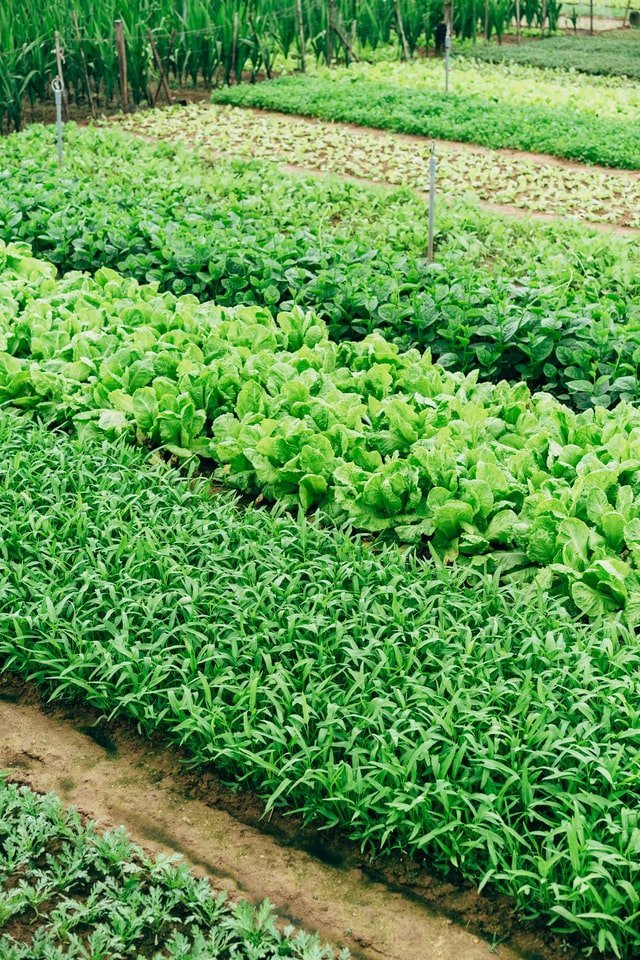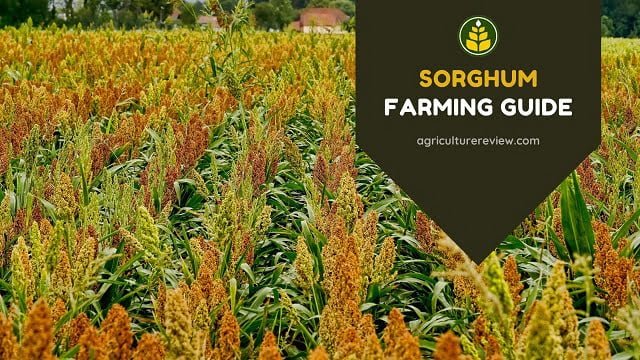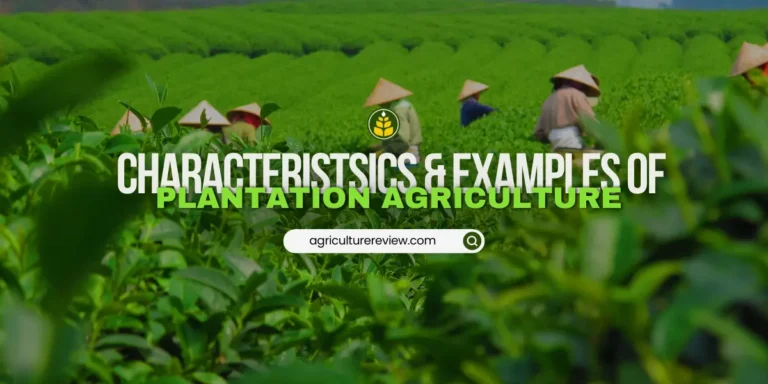From this ultimate guide on what is subsistence farming, get to know definition of subsistence farming, its history, & importance. Also get to know how in 2022, this farming method is still useful for lots of farmer family in developing countries.
Table of Contents
What Is Subsistence Farming?
The word “subsistence” means the action of maintaining oneself at minimal level. Hence, we can define subsistence farming as the practice of cultivating crops and raising livestock to fulfil needs of themselves and their families, with little or no surplus.
Generally farmers with small landholdings in developing countries practice this method of farming to fulfil their basic need of food for survival. Subsistence farmer select crops according to the need of the family. Hence market need is never the first priority.
According to a census in 2015, about 25% of world population, i.e., 2 billion people, mostly living in developing nations are subsistence farmers. They have small landholdings, less than 2 hectares of land.
Mostly farmers of rural Africa, Asia, and Latin America are practicing this method of farming.
Features Of Subsistence Farming
- Small Capital Requirements: Farmers who practice this farming method save seeds for next season, fulfils fertilizer needs from farm waste material produced, use crop leftovers for mulching, etc. You can say that they are in a way practicing Zero Budget Natural Farming method. But as they do not have to follow any set rules, so sometimes they need to purchase fertilizers, pesticides, seeds, etc. as per requirements.

- Mixed Cropping: In this method of farming, practicing mixed cropping or multiple cropping have lots of advantages. Irrigation and fertilizer needs decreases, pest and disease management becomes easy, growth of weeds get restricted, etc. Subsistence farmers also incorporate principles of companion planting, which means one crop benefits from other crop.
- Unimproved Varieties: Farmers involved in subsistence farming do not care about new hybrid seeds varieties because they only have to fulfil family needs. Moreover cost of newly developed hybrid seeds are high, that’s why from the perspective of capital, traditional seeds are easily affordable.
- Traditional Tools: Subsistence farmers generally have small holdings, therefore, in most of the cases they do not need heavy machinery for carrying out operations in the farm. Traditional farm tools such as hoes, sickles, machetes, are sufficient enough for practicing farming on small landholdings.
- Minimum Waste: This method of farming is environment friendly. All waste materials produced at farm are utilized there itself. Dung is used as manure, and crop leftovers as mulching material, and animal feed. Hence, it leaves minimal carbon footprint.
History
This method of farming has great role in evolution of mankind. Researchers believe that it started around 12,000 years ago. Once human species started understanding domestication of plants, their dependence on hunting of food reduced.
Humans started settling at one place, and cultivating crops to fulfil their needs. This led to development of human civilization and their understanding in cultivating crops started determining potential of growth of human civilizations.
This process of transition is often referred as “Neolithic Revolution” by Anthropologists.

Types Of Subsistence Farming
Shifting Cultivation: It is often referred to as slash and burn agriculture method. In this method farmers clear forest by slash and burn method. Then they plant arable crops for few years. After which land is left unattended for 10 to 20 years and natural vegetation regenerates.
Sedentary Farming: It is often referred as one of the most primitive method of farming. Unlike shifting cultivation in which farmers move to new land, in sedentary farming method, farmers burn crop leftovers. They use burnt ash, and animal waste as manure.
Nomadic Herding: Farmers rear cattle, sheep, goats, camels, or yaks for milk, meat, skin, and wool. These farmers keep migrating from one place to another in search of food for their animals and themselves. They carry tent, and other belongings with themselves.
Intensive Subsistence Farming: On small landholdings, subsistence farmers grows more than one crop by using traditional tools in year to fulfil their family needs. Animal waste are used as manures and crop leftovers as mulching materials. At present this type of subsistence farming is popular in the world.
FAQ
Type of farming to meet family needs?
Farmers parctice subsistence farming to meet their farmily needs.
Subsistence type of farming is expensive or not?
No, it is quite opposite, in subsistence farming, less external input is used hence less capital is required, therefore it is not expensive.
What is requirement of labours for subsistence farming?
Generally unskilled labours are hired, mostly family members are involved, as land holdings are small so they are sufficient enough to fulfil all work requirements.
How to motivate rural population in India to rise above subsistence level of farming?
Farmers have small land holdings, so cultivating exotic crops such as lettuce, broccoli, kale, strawberry, etc. can ensure good profit. Moreover farmers should be encouraged to cultivate mushroom in their farm. Once they will see the profit, they will start showing interest. Farmers with small landholdings are worried about profits, as they think that how from such small land holding they could get profit.
Subsistence agriculture is most common in which of the following regions?
Subsistence agriculture is commonly found in rural Africa, Asia & Latin America.
Which of the following is a subsistence crop?
Crops that are cultivated to fulfil needs of a family and are not marketed are subsistence crop. They can be cereals, fruits, vegetables, etc.
Before the agricultural revolution many people lived in rural areas because?
Before agricultural production, food production were not enough to meet the demand of the population, therefore most of the people were actively involved in farming to increase the production.




